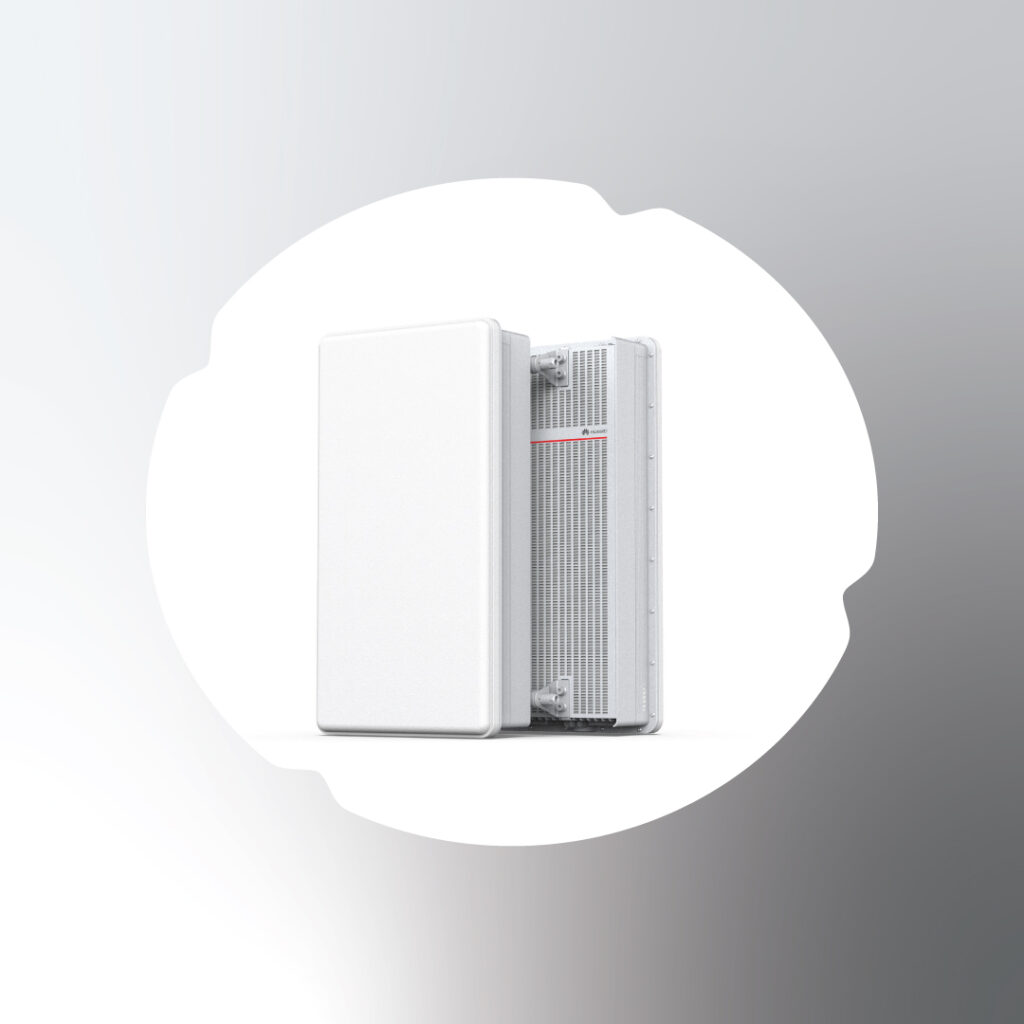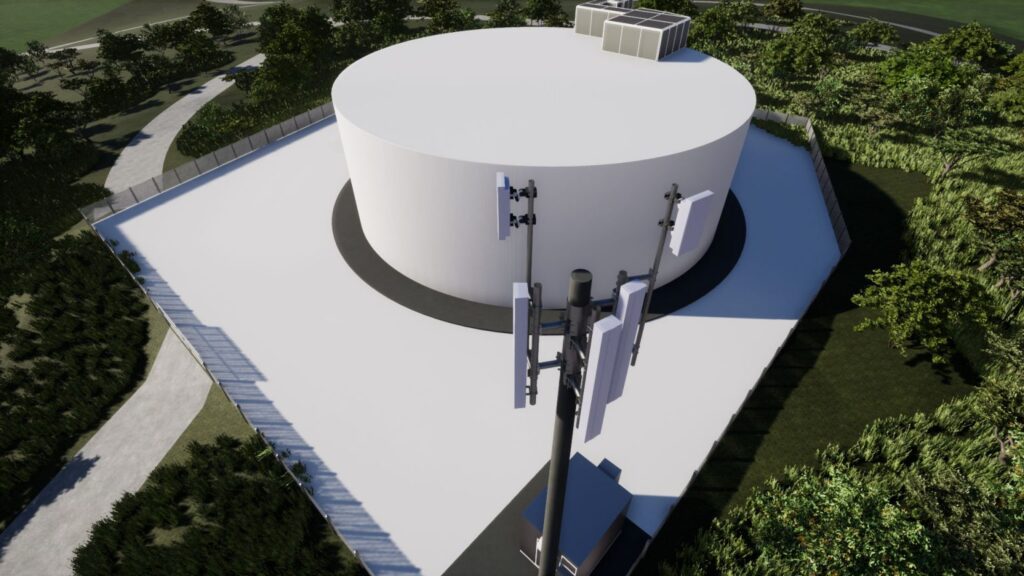Blog
Understanding the Scope of 5G: Revolutionizing Connectivity

5G technology is set to revolutionize the way we connect and communicate. With its unprecedented speed, low latency, and massive connectivity capabilities, 5G is poised to transform various industries and everyday life. In this blog post, we’ll dive into the scope of 5G, highlighting its key features, applications, and impact on the future of connectivity.
Body: 5G, the fifth generation of mobile networks, brings significant advancements over its predecessors. It offers ultra-fast data speeds, near-instantaneous communication, and the ability to connect a vast number of devices simultaneously. These capabilities open up new possibilities for innovation across different sectors.
Key Features:
- Ultra-Fast Speeds: 5G delivers data speeds up to 100 times faster than 4G, enabling seamless streaming, gaming, and browsing experiences.
- Low Latency: With latency as low as 1 millisecond, 5G supports real-time applications like autonomous vehicles, remote surgeries, and augmented reality.
- Massive Connectivity: 5G can connect up to a million devices per square kilometer, supporting the growing number of IoT devices and smart city applications.
- Enhanced Capacity: The increased capacity of 5G networks ensures reliable performance even in densely populated areas.
Applications of 5G:
- Smart Cities: 5G enables the development of smart cities with connected infrastructure, improving urban living and sustainability.
- Healthcare: Telemedicine, remote patient monitoring, and real-time data sharing become more efficient and reliable with 5G.
- Automotive: Supports advanced driver-assistance systems (ADAS) and autonomous driving, enhancing road safety and efficiency.
- Industrial IoT: Enables real-time monitoring and automation in manufacturing, improving productivity and reducing downtime.
- Entertainment: Enhances virtual and augmented reality experiences, providing immersive gaming and interactive media.
Conclusion: The scope of 5G extends far beyond faster internet speeds. It is a transformative technology that will drive innovation and connectivity across various industries, improving quality of life and economic growth. As 5G networks continue to roll out globally, their impact will be felt in every aspect of our connected world.
Equipment:
- New AEQN antenna to be installed 1 off per sector.
- New Airscale to be installed with 2 x AMIA, 3 x ASIK & 3 x ABIL for 3 sector site
- For a 4 sector site, Airscale requires 2 x AMIA, 4 x ASIK, 4 x ABIL
- GPS antenna swap to FYGC is required. FYEA surge arrestor also to be installed if missing.
Hybrid Cables
- Assumption existing Hybrid cables would be utilising (6mm DC). In this case we require 2x spare DC and 2 x fibre pairs (per AEQN).
- Re-use existing hybrid cables wherever possible.
- Re-use existing iDCDP where possible.
Where there is not enough capacity to re-use existing hybrid, propose only 1x (3/6 cable) for monopole sites, or 3x (3/6) for rooftop/distributed sites. The new 3/6 cables are ordered with 3x 10mm DC.
EME
- All Optus STADs (3G and 4G) must be aligned with FY19 power table.
- 200W power needs to be allowed for on all sites for EME/ACMA
- EME will be considered for 1 x AAU (AEQN) @ 200W (EME will not be considered for 2 x AAU)
- 6dB reduction factor can be applied to the AAU rack top powers for high EME sites where required. To be approved by Optus on a site by site basis.
- ACMA registration restrictions to be verified prior to PH1 completion
Power Supply
- Existing CBs within iDCDP and PSU to be replaced in accordance with Nokia work instruction for new 5G AAUs.
- Provide new 32A CB per AAU in iDCDP to replace the existing 16A CB
- Contractor to confirm that PSU CB is adequate for total current draw from 1 feed of iCSDCDP
- Allowance to be made only for AAU to be installed for both AC power & DC battery backup
- Re-arrange technologies to load balance across PSUs for hub sites where 2 x PSU are available for Optus.
- Battery backup escalation process to be followed for all sites as required.
- Refer updated power matrix for load re-arrangement requirement.
Antenna Mounting Preferences (Cost Minimisation)
Optus Owned Structures
- Deploy 5G antennas within existing aperture, where spare mount or new stand-off can be utilised. Also possible for AAU to share existing RRU mounts if space available.
- Install new antenna mounts either collar mounted below or poled up (note low impact constraints) from existing antenna mounts / headframes (this is preferred above swapping out existing antenna mounts for longer due to the outage time / costs)
- Deploy the 5G antennas above or below the existing passive units on the same mount (swapout to longer mounting poles if required). Supplier to verify that solution is low-impact. To be approved on a site by site basis.
- Stepback existing Optus passive antennas to shorter antennas in order to fit new 5G antennas within the existing Optus aperture. The stepback to smaller passive antennas will need to be approved by Optus MRPQ. To be approved on a site by site basis.
- Headframe swap with no allowance for additional mounts (no future proofing required).
Axicom Owned Structures and other Co-location sites
- Deploy 5G antennas within existing aperture, where spare mount or new stand-off can be utilised. Also possible for AAU to share existing RRU mounts if space available.
- Step back existing Optus passive antennas to shorter antennas in order to fit new 5G antennas within the existing Optus aperture. The stepback to smaller passive antennas will need to be approved by Optus MRPQ. To be approved on a site-by-site basis.
- Install new antenna mounts either collar mounted below or poled up (note low impact constraints) from existing antenna mounts / headframes (this is preferred above swapping out existing antenna mounts for longer due to the outage time / costs). Optus understand that this will incur additional Opex. To be approved on a site by site basis.
- Deploy the 5G antennas above or below the existing passive units on the same mount (swapout to longer mounting poles if required). Optus understand that this will incur additional Opex. To be approved on a site by site basis.
- Headframe swap with no allowance for additional mounts (no future proofing required).
Structural Certification:
| Structure Owner | Mount Certification | Structure Certification |
| Axicom | Mount Certification to Match BOQ submitted by Optus via application 1 x AENQA Dim.: 1200mm x 650mm x 200mm + 1 x AEQB Dim.: 745mm x 450mm x 240mm ———————————————— Stepback to: 1 x AENQA Dim.: 1200mm x 650mm x 200mm | As instructed by Optus 1 x AENQA Dim.: 1200mm x 650mm x 200mm + 1 x AEQB Dim.: 745mm x 450mm x 240mm ———————————————— Stepback to: 1 x AENQA Dim.: 1200mm x 650mm x 200mm |
| Telstra & VHA (No Telstra in tranche 2) | 1 x AEQB Dim.: 745mm x 450mm x 240mm | 1 x AEQB Dim.: 745mm x 450mm x 240mm |
| Optus & Third Party | 1 x AENQA (FUTURE) Dim.: 1200mm x 650mm x 200mm + 1 x AEQB Dim.: 745mm x 450mm x 240mm ———————————————— 1st stepback to: 1 x AENQA Dim.: 1200mm x 650mm x 200mm ———————————————— 2nd stepback to: 1 x AEQB Dim.: 745mm x 450mm x 240mm | 1 x AENQA (FUTURE) Dim.: 1200mm x 650mm x 200mm + 1 x AEQB Dim.: 745mm x 450mm x 240mm ———————————————— 1st stepback to: 1 x AENQA Dim.: 1200mm x 650mm x 200mm ———————————————— 2nd stepback to: 1 x AEQB Dim.: 745mm x 450mm x 240mm |
Comments:
- Site must have L1800 on site. Where L1800 does not exist, L1800 will need to be introduced.
- Transmission will be addressed by Optus. No requirement to note ATN installation on drawings.
- 5G sites will not follow RANCAP instruction relating to externalising TUs and ensuring all TUs are 4T4R on Optus owned, third party owned and Telstra owned structures. Deployment timeframe is critical.
- Standard HOP and acceptance procedure to be followed.
- Open RANCAP works to be incorporated into 5G documentation to allow for one construction deployment.
- Upgrades to passive equipment (3G/4G) shall not be considered (unless L18 related – refer to point above). Existing plumbing diagrams for passive equipment shall be included in both FR & FC (shown as existing).
- Modernisation/consolidation of equipment to Airscale shall be considered to save space in ODU or shelter when required.
- Lease renewals are out of scope.
Reference Material:
- 5G/AAU Deployment Configurations
- Preliminary Plumbing Diagram – Line Diagram



